The ideal equipment for capturing high octane racing
One of my favourite videos involves a car racing down the streets, both at night and during the day, which I shot in collaboration with Sony. When selecting my equipment for the shoot, I chose my trusted Alpha 7S III camera and FE 12-24mm F2.8 GM zoom lens.
Alpha 7S III
My first introduction to Sony's Alpha series of cameras was with the Alpha 7S II, the predecessor to the Alpha 7S III. I was deeply fascinated with the camera's high ISO and low noise, which made it seemed like the camera was “born for videos”.
So, when the Alpha 7S III was launched with features that included 4K 120p shooting with 10-bit 4:2:2 colour depth and a highly accurate focus system, I was all on board! These are movie-level specifications that allow creators to be completely immersed in our craft, without worrying about hardware limitations.
FE 12-24mm F2.8 GM zoom lens
For a high-speed, action-oriented video like this, your choice of lens is crucial. Some questions I asked myself were:
- Can the lens properly showcase the vehicle and scenery?
- Will the lens express a thrilling sense of speed?
- Is F2.8, the quality of the bokeh, and light intake ideal for this video?
- Does the 12-24mm lens give me the flexibility I need?
I've been filming racing-themed videos since the early days of my career, covering D1GP professional drifting events in Japan. In my experience the FE 12-24mm F2.8 GM is a lens I can count on to create an inspiring sense of space.
Creative effects: Deformation and first-person perspectives
The FE 12-24mm F2.8 GM's ultra-wide angle focal length and its ability to capture fast moving backgrounds produces a surreal “deformation effect” when the vehicle is in motion – and especially if it's performing an overtake or leaving the frame.
For this video, in addition to the usual perspectives, I also included a first-person perspective to enhance the richness of the scenes. I found that mounting the camera and lens on a helmet gave audiences the feeling of driving the car themselves, thanks to the first-person view. This effect was possible because of the ultra-wide angle of the FE 12-24mm F2.8 GM lens.
Setting your aperture
When focusing only on the car, when the aperture is sufficient, it isn't necessary to open the aperture to the maximum. But if the background is also an important part of the scene, you can narrow the aperture and set the shutter speed to record at twice the frame rate (of 30 of 60fps). This produces better motion blur, creating a dramatic sense of speed.
On the other hand, when shooting at night (or in darker places within the car), F2.8 comes in handy. You won't even need to adjust the ISO on your Alpha 7S III to get ideal lighting results when shooting.
In cases where the conditions in the background aren't so favourable, shooting the car with a 24mm focal length and large F2.8 aperture could blur the background further and increase the sense of compression – making this zoom lens far more flexible than any fixed focal length lens.
Getting the best picture quality
When it comes to picture quality, some questions to consider when choosing your lens are:
- What is the lens resolution and how does the lens perform at that resolution?
- Is there edge distortion suppression?
- What is the performance of the lens under backlighting (often created by car lights)?
This is where a high-resolution lens really shines. During the editing process for your shoot, many scenes will need to be enlarged and cropped – and secondary composition will be necessary to achieve the appropriate lens position of medium and close-up shots.
Generally, enlarging your images and videos also sacrifices their quality – but thanks to the outstanding resolution and imaging capabilities of the FE 12-24mm F2.8 GM zoom lens, the clarity remains fantastic even all throughout the editing process!
How edge deformation creates a sense of speed
The edge deformation seen with the FE 12-24mm F2.8 GM is absolutely perfect – not too exaggerated like a fisheye lens, but enough to give viewers a feeling of grandeur from the panoramic effect.
When the car is about to overtake the camera vehicle and leave the frame, the slight distortion on the edges truly captures the tension of the moment – and creates a sense of speed that will leave your views on the edge of their seats.
Keeping your shots perfectly in focus, even at high speeds
Focus is extremely important when shooting fast-moving cars, so your equipment selection is key. Here's an interesting fact: This shoot was done on a day with a typhoon, which brought about variable weather that shifted between cloudy, sunny and rainy – making focusing trickier, but still very possible with the chosen camera and lens.
Once you've picked capable equipment, all that's left to do is to trust your equipment.
The key to captivating car videos: Creative shots
For this video, we took on the challenge of shooting exclusively with the Alpha 7S III and FE 12-24mm F2.8 GM zoom lens. In addition to getting low angle shots and shots that followed the speeding car, we also used a variety of new camera positions that the team had never attempted before – like shooting directly above the tyres or capturing the steering wheel from a first-person perspective.
Creative shots like this can add challenge to your shoots, but the reward is surprising viewers in interesting ways. Just remember to get permission for these shots from the vehicle owner prior to shooting, and choose a camera and lens that you trust!
![]()







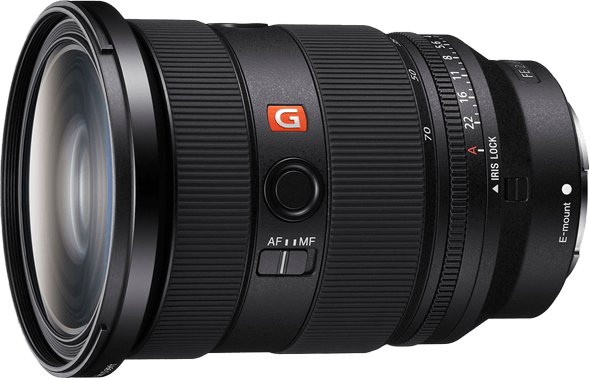
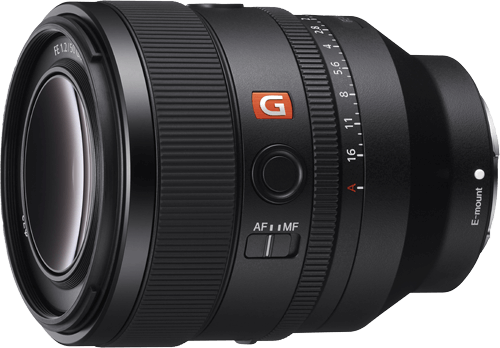
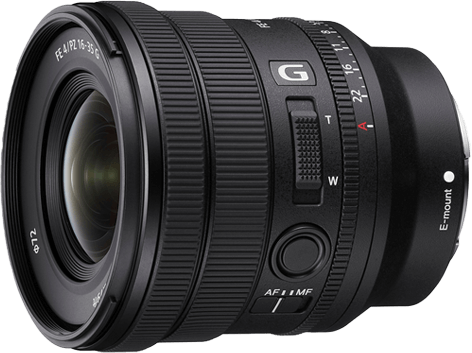
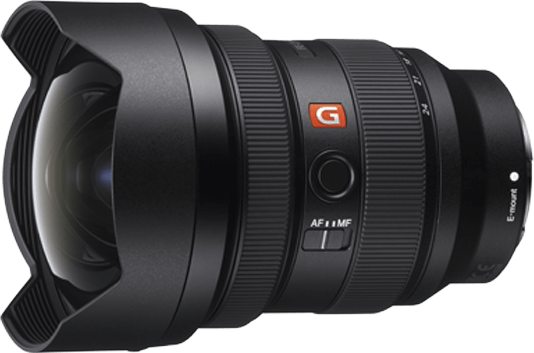















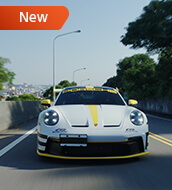
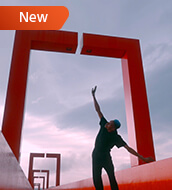
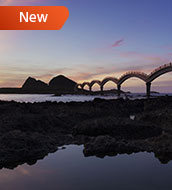



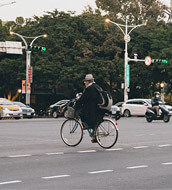




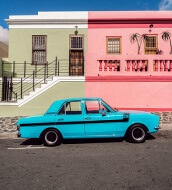
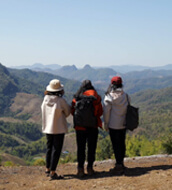

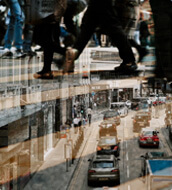

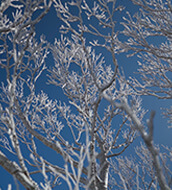
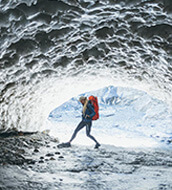
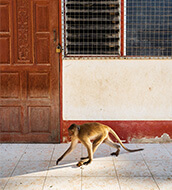


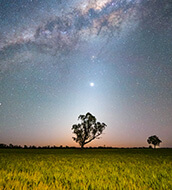




Subscribe on YouTube
Like us on Facebook
Follow us on Instagram
Follow us on Twitter